
In May of this year, 12 Master of Industrial Design (MID) candidates from the Pratt Institute led by Professor Rebecca Welz, had the opportunity to spend two weeks in the town of Malinalco, Mexico, where they collaborated with 13 local artisans to design and fabricate their projects. Each artisan/student pair spent full working days brainstorming, conceptualizing, designing, sourcing and finally fabricating a variety of products, from tabletop to furniture pieces.
Challenging in many ways, it became an incredibly enriching and educational experience for everyone involved. It was a simultaneous exchange of thoughts, knowledge and interests and a walk through the creative process, with two points of view, hand in hand. It was a human experience, which situates the designer in a very humbling and real place—one that is long way, both geographically and figuratively, from a Brooklyn classroom.

Malinalco is a small town located two hours southwest of Mexico City. It is a charming tourist destination, which features the only monolithic Pre-Columbian structure in Central America, the Cuauhtinchan sanctuary complex. As you enter the archaeological site on a typical bustling weekend (weekdays are incredibly quiet in this town), you will run into dozens of little stands selling local crafts. This is how the artisans make a living: Selling leather bracelets, small woodcarvings of mushrooms and humming birds, and handmade books, among various other things. Many of the artisans also join the annual local wood carving competition, where they make larger scale sculptures and sculpted traditional musical instruments. They are incredibly talented and love their craft, even if it often means barely making a living.
Most of the artisans who participated in the Malinalco Project are master woodcarvers, but the locals also included carpenters, weavers and jewelers. The wealth of knowledge and respect towards their craft, marked with a deep sense of humility, was evident from the very moment we met. The particular wisdom and sensibility, a rich inheritance from their Aztec traditions, was also present in their interests and thought process. Through their work, the artisans represent and interpret the natural world surrounding them, with layers of meanings and a system of symbols that has been passed down through generations. As we, designers and artisans, brainstormed on product ideas, we looked for new applications, in form and function, of each artisan's craft. Our path involved working with both abstraction and representation, with surface treatments and variation in scale, as well as new uses of materials and techniques.



 The
The  Clockwise from top left: Ondes Martenot
Clockwise from top left: Ondes Martenot 


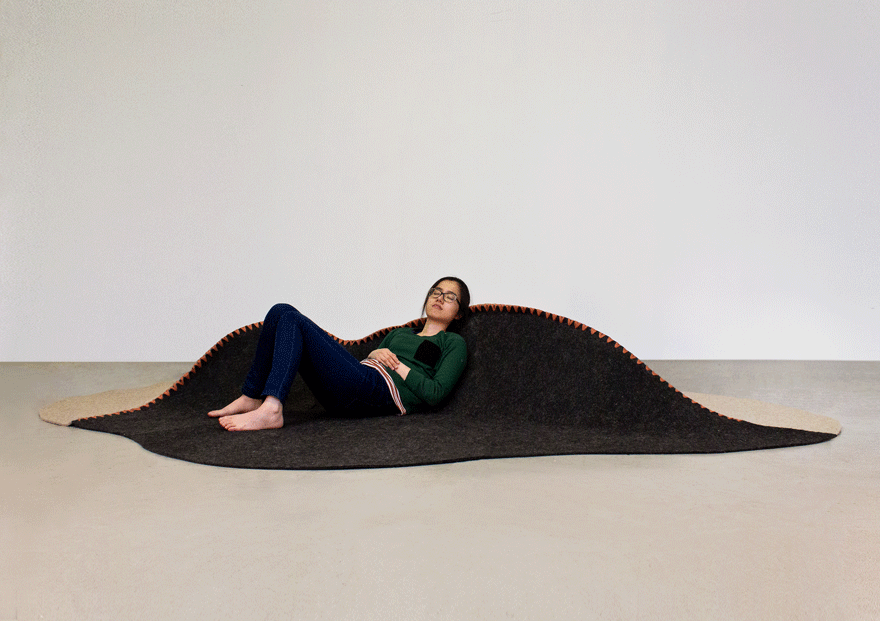

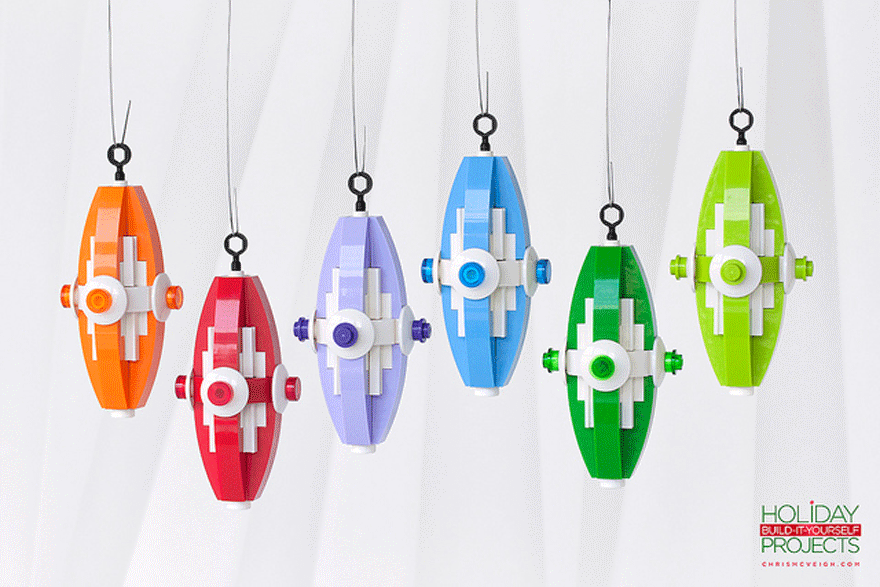



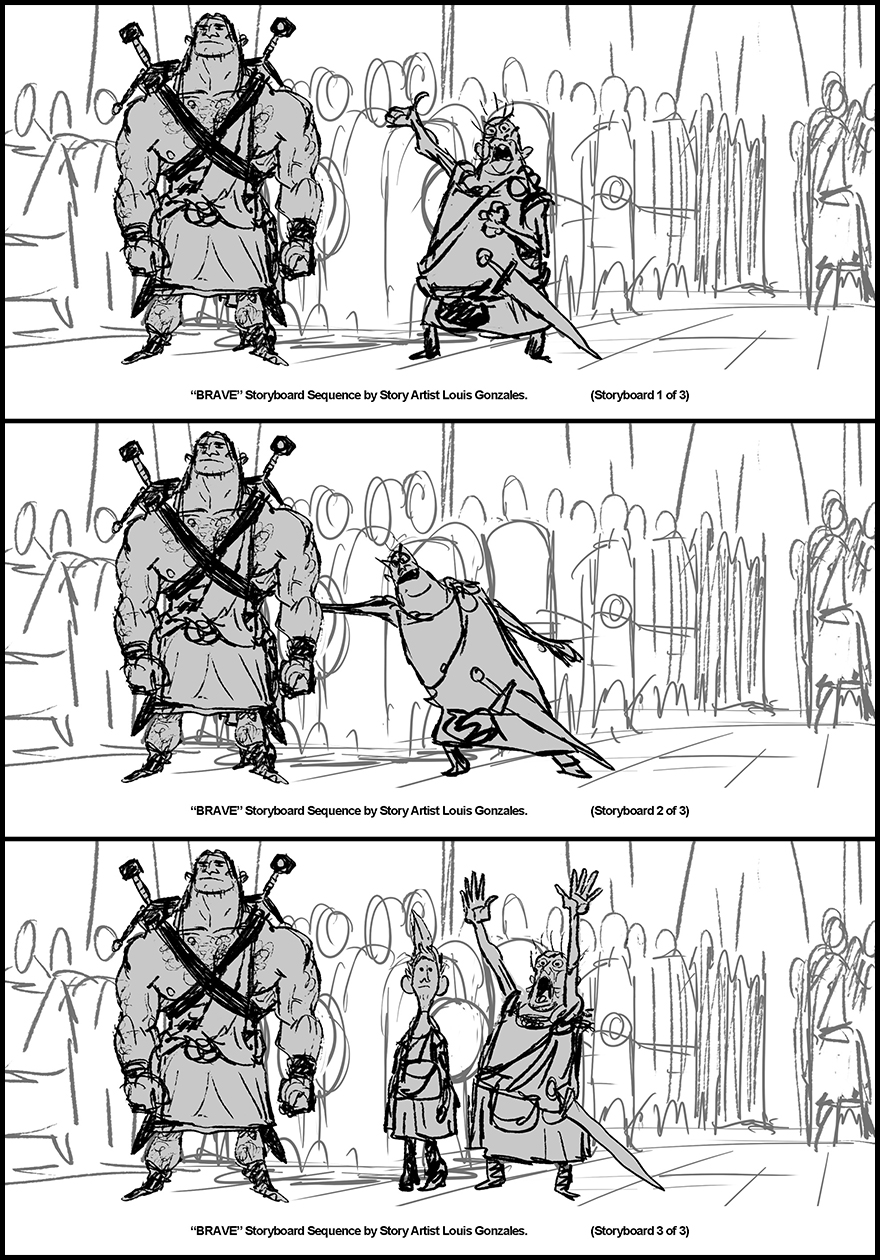

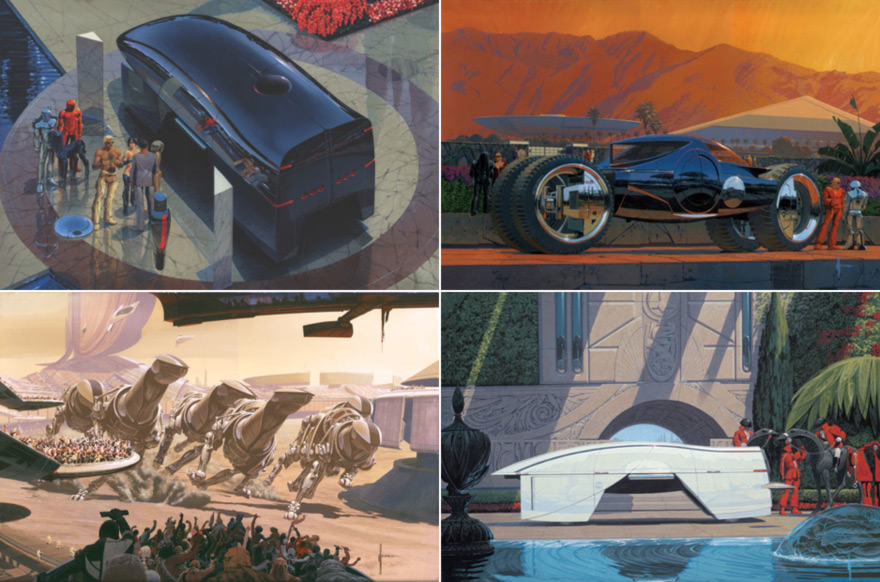
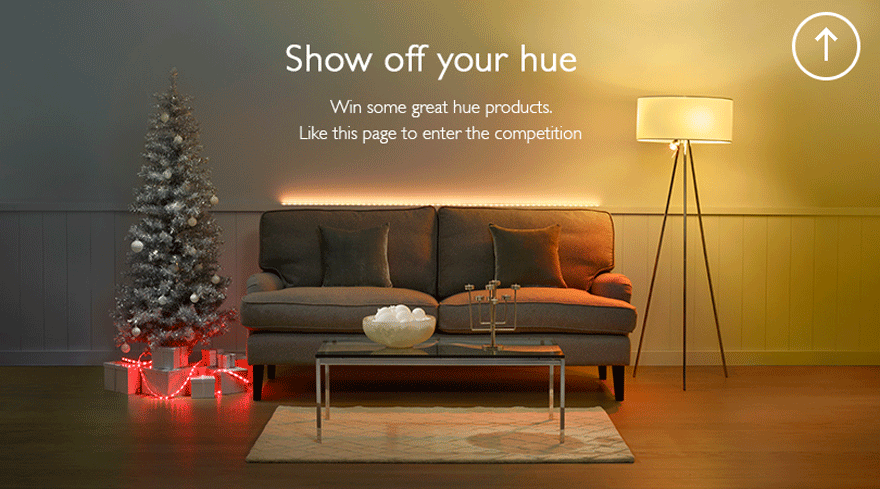







 Above: Gamper's 2010
Above: Gamper's 2010 


 Last session's final design: the Verlan Dress
Last session's final design: the Verlan Dress


 Artwork by
Artwork by 



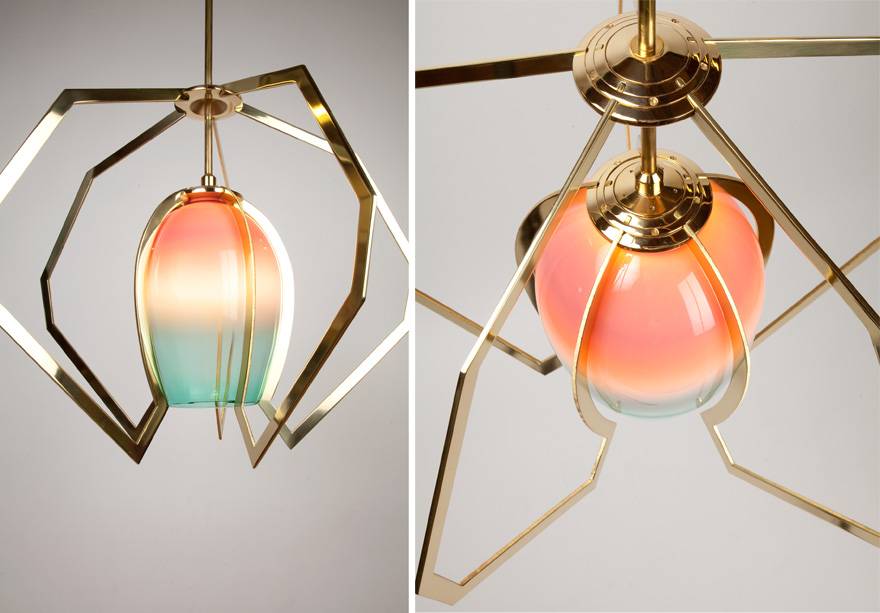 The
The 
 Inside Brittain's Brooklyn studio
Inside Brittain's Brooklyn studio







